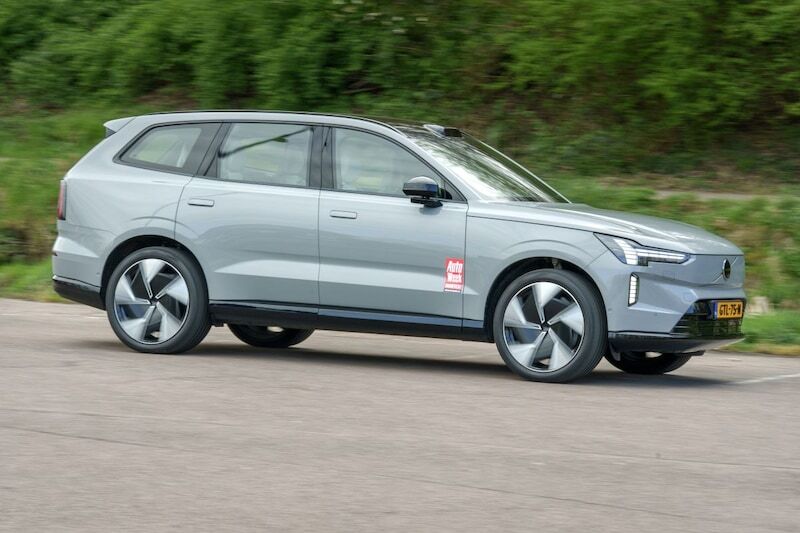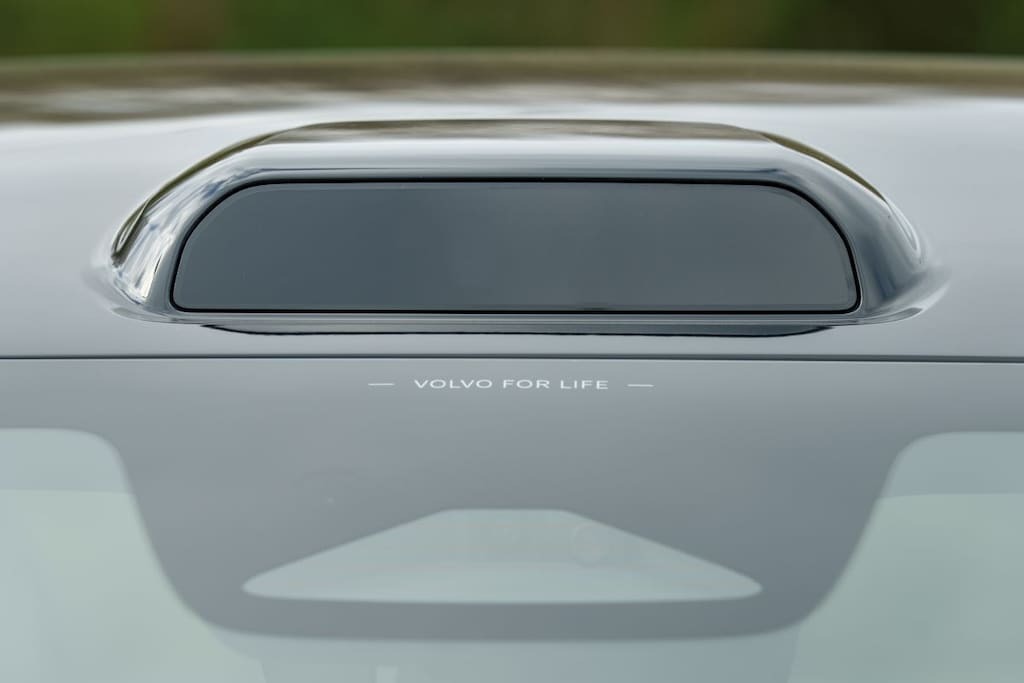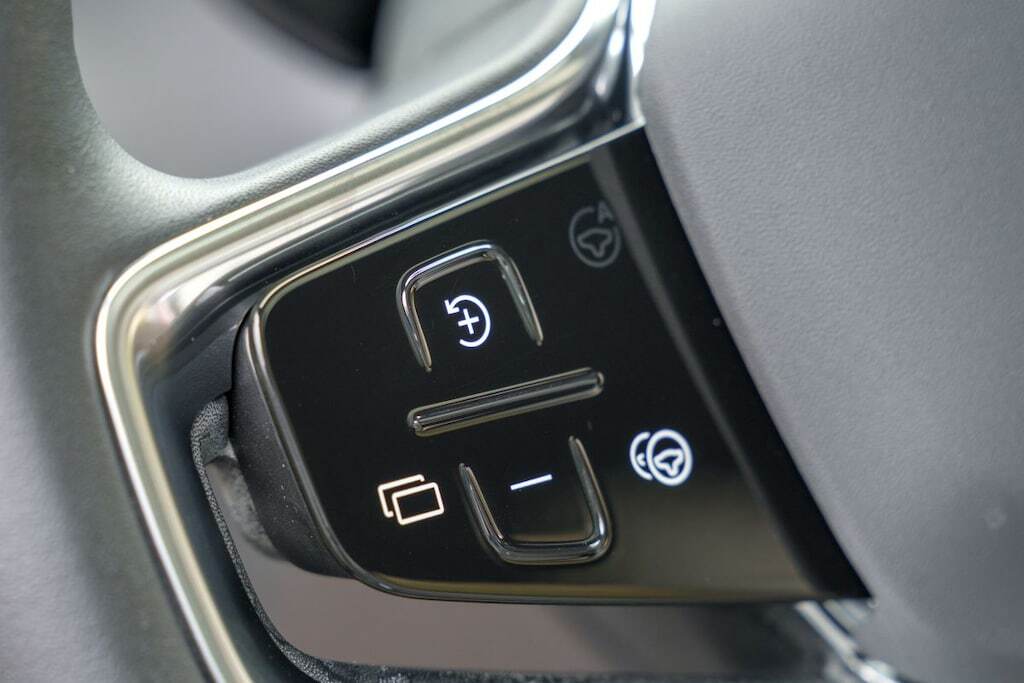Volvo EX90’s from Model Year 2025 Need Another Visit to the Garage

The Volvo EX90 has a striking feature: the bump on the roof houses a lidar. It’s a special piece of technology, but it doesn’t fully work yet. What’s the deal? We’re taking the EX90 long-term tester to the importer.
A lidar, like the more familiar radar, can measure the distance to an object. A radar does this with sound waves, and a lidar with laser light. The big advantage of lidar is that it can do the measurement over a greater distance. In addition, it can perceive smaller objects because it is more precise. In cars, lidar can be an element within the safety system, of which all kinds of sensors (including radar) are part. Together, they create a three-dimensional image of the car’s surroundings, and software in the car interprets these images and determines whether there is any danger that needs to be warned about – or whether a direct intervention is necessary.

Lidar technology came into development about ten years ago when the self-driving car was still on the radar (…) at many manufacturers. Meanwhile, the automotive industry sees a certain degree of autonomous driving as a nice bonus, but it is no longer a goal in itself. Safety is. And as everyone knows, Volvo has that high on its priority list. In fact, the brand has the ambition that no one will be fatally injured in a Volvo.
Still Doesn’t Work
The Volvo EX90 is the first model that has such a lidar as standard, and the ES90, which will be in the showroom at the end of the year, will also get it. But the introduction of the EX90 was already significantly delayed in previous years because of that lidar. Then-Volvo CEO Jim Rowan said in 2023 as an explanation for the delay: “We want to be sure that the first time we offer lidar in our safety package, it works as it should.” However, when the car went into production in the second half of 2024, the system was not yet fully functional. And it still isn’t. We’re shedding some light on the matter at the Dutch importer. What does that bump on the roof do now, and what doesn’t it do?
Milder
We speak with Robert Timmers of Volvo Netherlands, who knows all the ins and outs. “The lidar of all EX90s is simply on and is used on every ride to collect information. It tries – literally – to get a picture of as many situations as possible on the road and the driver’s reaction to them. All this information is sent by the car to the Safety Center in Sweden, where all the data is analyzed. Ultimately, the insights gained are used to update the software in the car, so that the best possible assistance systems are available. For example, you can already see that systems such as lane keeping are becoming ‘milder’. They are now more flexible with small deviations, while the car was very strict in the beginning.”
Perfecting one thing or another takes more work than Volvo had anticipated. “The expectation now is that this will be the case in the first quarter of 2026. The lidar functionality for the ES90 will be directly usable, but the data build-up must first take place. The EX90s of model year 2025 – cars that have now been delivered in the Netherlands – have built up data, and then lidar will become operational. That is in the first quarter of 2026.”

New Computer
Incidentally, the EX90s of model year 2025 must first visit the garage again, because it has been decided to make an adjustment to the hardware. It is not the lidar itself that is the problem, but the so-called core computer in the car that has to process all the data. “The core computer in the car has to be replaced by a new, more powerful computer. That can only be done in the workshop. The intervention is relatively simple, but resetting the software takes the most time.”
The story of the ‘lidar doesn’t work’ is therefore a bit more nuanced. It already does all sorts of things, but you don’t notice much of it yet. It seems to be a matter of a longer breath: one day everything works as it was intended, and then the car is a bit safer again.